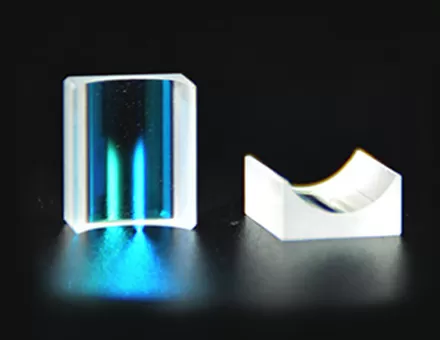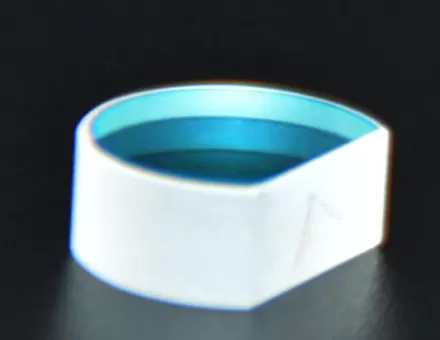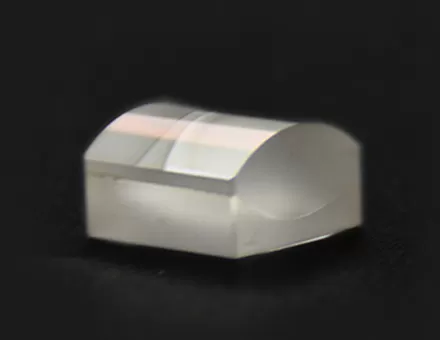Cylindrical lenses have proven to be indispensable tools in various optical systems, offering unique capabilities that are distinct from their spherical counterparts. This blog post will delve into the fundamental principles of cylindrical lens design, exploring their applications, design considerations, and manufacturing processes.
Introduction to Cylindrical Lens Design
Cylindrical lenses are optical components with a curved surface along one axis and a flat surface along the orthogonal axis. This design imparts them with the ability to focus or diverge light in only one dimension, making them essential for applications requiring astigmatic correction, line focusing, and anamorphic beam shaping.
Applications of Cylindrical Lenses
The versatility of cylindrical lens makes them crucial in various industries. In laser systems, they can transform circular beams into elliptical beams or vice versa, enabling fine-tuning of laser characteristics. They are also integral in imaging systems, helping correct distortions caused by cylindrical optics. In barcode scanners and certain medical devices, cylindrical lenses facilitate accurate line projections and astigmatism correction.
Design Considerations
The design of cylindrical lenses involves careful consideration of parameters such as curvature, focal length, and lens material. The curvature dictates the degree of light bending, while the focal length determines the lens's focusing or diverging capabilities. Material selection is crucial for factors like refractive index and dispersion, which impact the lens's performance across different wavelengths.
Manufacturing Processes
The manufacturing of cylindrical lenses is a precise endeavor. Common methods include diamond turning, where a diamond-tipped tool cuts the lens shape, and molding, which involves pressing molten glass or plastic into a mold. The choice of manufacturing process influences the lens's surface quality, precision, and cost. Cylindrical lens design isn't without challenges. Spherical aberrations, astigmatism, and optical coatings must be carefully addressed. However, advancements in computer-aided design (CAD) and simulation tools have significantly improved the precision of cylindrical lens design. Additionally, the development of innovative materials has expanded their application range.
The realm of optical systems owes much to the ingenuity of cylindrical lens design. These components, with their unique ability to manipulate light in one dimension, have transformed industries that rely on precise imaging, laser systems, and accurate beam shaping. As technology continues to advance, the design and manufacturing of cylindrical lenses will undoubtedly play a pivotal role in shaping the future of optics.


















 EN
EN





